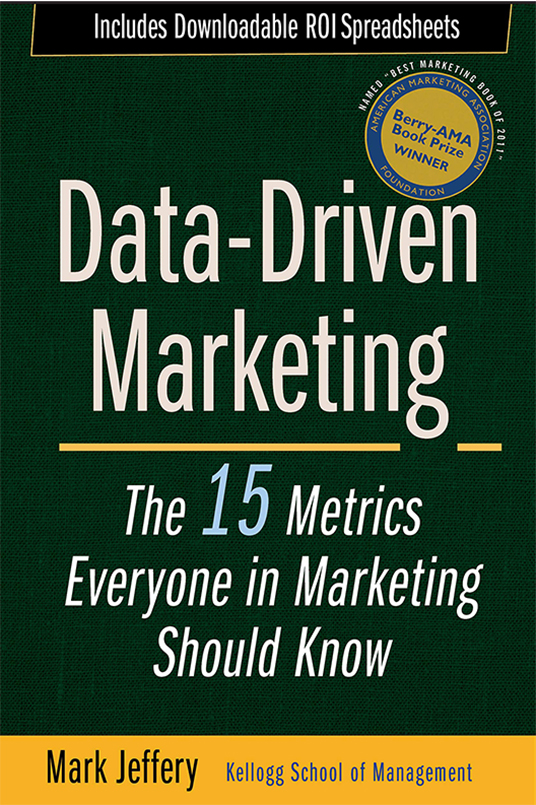This is a MUST for every marketer, and a should for anyone in sales and/or business in general. No wonder it got selected as book of the year by the American Marketing Association in 2011.
Although there are a lot of details and formulas, which might scare some people, I recommend you to toughen up and keep going with the book. Even if it takes a while to read.
There are insightful stories that will spark your creativity, as well as processes, that will help you measure your marketing efforts in ways that most companies are not doing so.
Flow: 3/5, it might be a slow read given all the definitions, formulas, and other dense material.
Actionability: 4/5, although not everything will be applicable for everyone (some processes and examples are only applicable to Fortune 500 corporations) the methodologies can be adapted for any business.
Mindset: 5/5, you will definitely add some mental models on how to go about your sales & marketing efforts.
Some Of My Highlights
-
“Fifty-three percent of organizations do not use forecasts of campaign ROMI, net present value (NPV), customer lifetime value (CLTV), and/or other performance metrics.”
-
“…regression, for example, is often used by packaged goods firms to correlate marketing spending with revenues.”
-
“Porter defines sustainable competitive advantage as the coordination of activities that are not easily duplicated.”
-
“…financial metrics can be used to quantify approximately 50 percent of marketing activities.”
-
“Furthermore, low performers spend more on demand generation marketing… Also note that the high performers invest more in branding and customer equity.”
-
“If your CFO is expecting a financial ROI for all marketing activities, you may need to sit down and explain to him or her why branding and awareness is important in customer decision making and that different metrics are needed that are leading indicators of purchasing intent.”
-
“As a marketer, you have to become an educated consumer of the technology that supports your data-driven marketing activities.”
-
“Don’t skimp on the training budget – replace boring rote sessions with energizing group action learning exercises so that the participants are jazzed about data-driven marketing afterward and have follow-up coaching sessions for reinforcement.”
-
“Interestingly, consumers who had problems with their car were more satisfied and had higher repurchase intent than those that did not have a problem. Why? The excellent customer service if there was a problem with the new car measurably changed perception positively toward the brand.”
